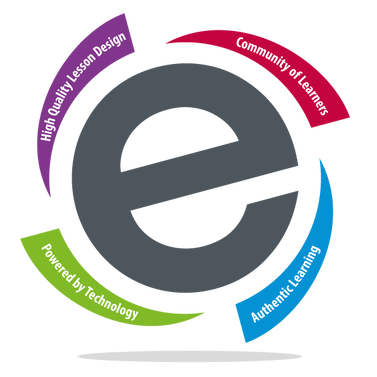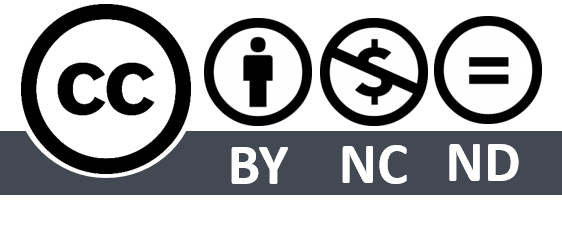Journey Summary
This session will focus your attention on understanding the experiences that should take place in the final phases of a Design Through Inquiry (DTI) experience. You will consider how you can assess your learners as they participate in all stages of the DTI experience that you are planning, as well as how they can elaborate and apply their new learning to different challenges and issues. You will make final plans to implement the experience with your students. Finally, you will explore the connections between DTI and professional action research and embrace the DTI process as a way to solve the instructional and professional challenges you face.
Curriculum-framing Questions
Essential Question
- What inspires innovation?
Unit Questions
- In what ways can problem-solving inspire creativity and innovation?
- In what ways can design promote higher-level thinking?
Content Questions
- How will identifying standards drive lesson planning?
- How will students present their solutions?
- What strategies will be used for formative and summative assessment?
- What role can action research play in your classroom?

Introduction
Design Thinking has emerged as a powerful way to solve problems using innovation and creativity. In the previous sessions in this series, we experienced the eMINTS Design Through Inquiry (DTI) process and investigated strategies to use data and argumentation in the design process. Considering the practical applications of DTI in planning experiences for students can provide a process and approach for solving both professional and personal issues in life.
Theory Behind Practice
All eMINTS materials are grounded in research-based best practices in K-12 education.
Digging Deeper
Agenda
- Opener: Questions Waiting to be Answered
- A Case for Elaboration
- Stuart Little Lesson Plan Completion
- Evaluate – The Student Experience
- DTI = Action Research
- Closer: Making Mistakes IS Learning

Classroom Visit w/Students
Ask your facilitator to help you implement a design challenge with your class, model a portion of the design-thinking process, or introduce students to a new technology tool that will help them during the design process.
Classroom Visit w/out Students
With your facilitator, have a planning conversation to support your lesson design or ask for assistance with understanding the different portions of the design process. Your facilitator might also observe the implementation of your design lesson and engage in a reflective conversation to help you consider how the lesson is going and set goals for future implementation.

 Images Courtesy of
Images Courtesy of